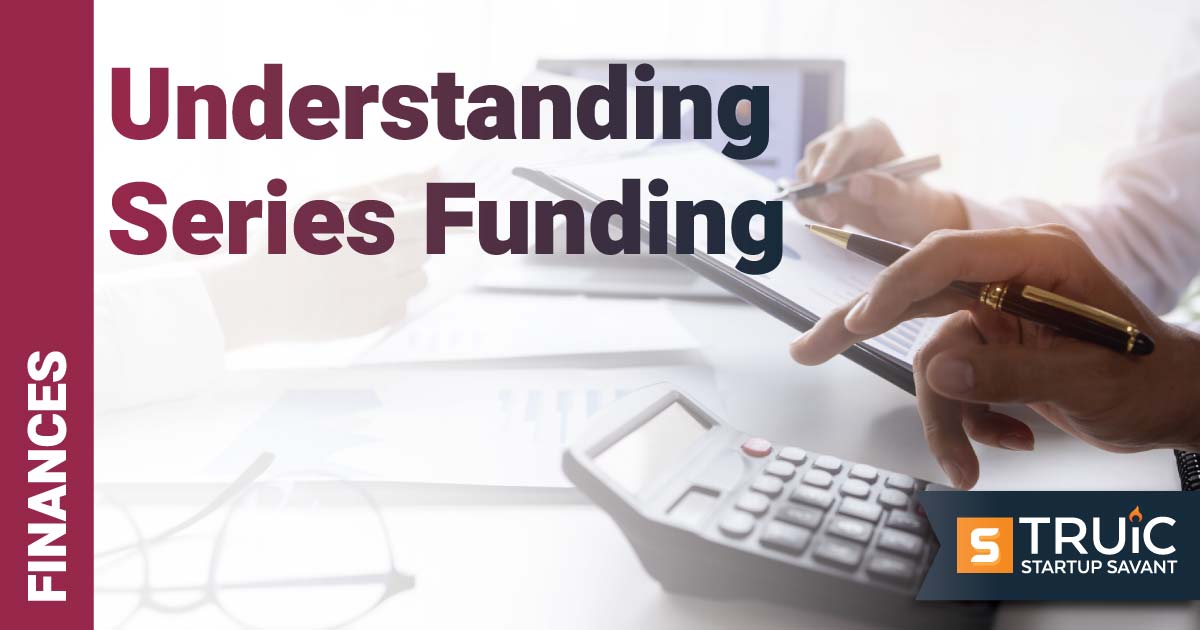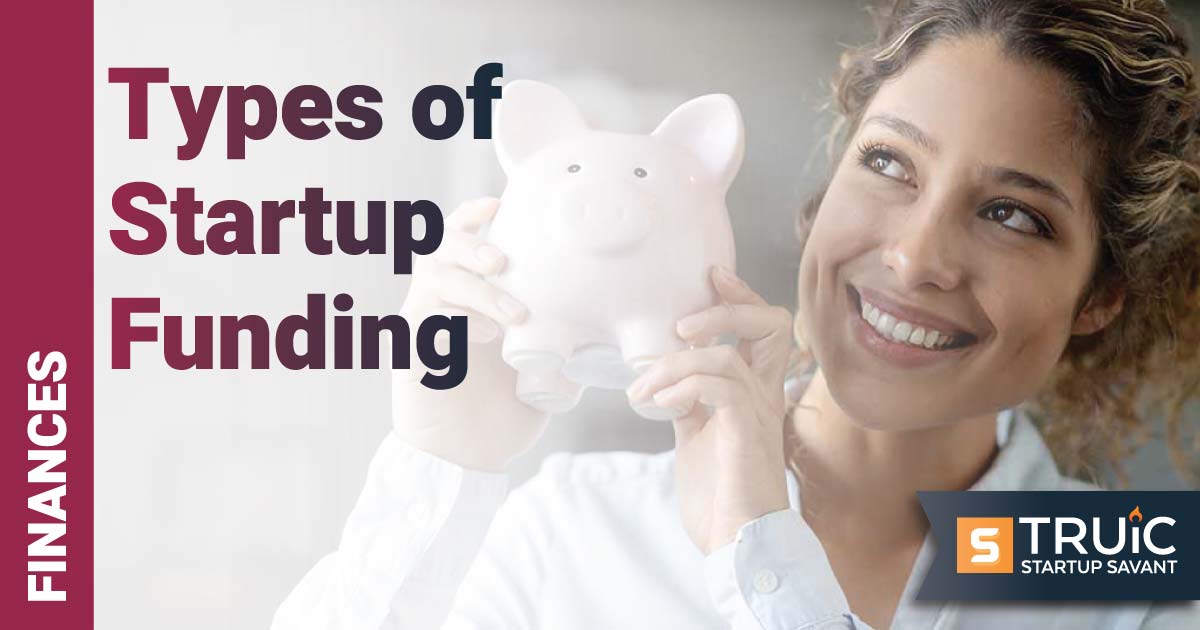Understanding Series Funding (A, B, C, etc.)

Last Updated: By Michaela Dale
In the startup race to scale, series funding stands as a cornerstone of entrepreneurial progress. From refining products and services in Series A to scaling operations in Series B and eventually catapulting towards market dominance or even a public offering in later stages, series funding is the catalyst for startups to reach their potential.
But, what is series funding, and how does it work? Let's get into it.
The Basics of Series Funding Rounds
Series funding is a process through which startups and growing companies raise capital in different stages: Series A, Series B, Series C, and so on. It typically begins with pre-seed and seed funding, where initial capital for early-stage startups is raised from sources like angel investors or accelerators.
Series A funding focuses on proving the business model and attracting venture capital firms for growth and market positioning. Series B is about scaling the business, expanding the market reach, and growing the team.
Subsequent rounds, like Series C and beyond, often involve larger investments for major scaling, market expansion, acquisitions, or preparing for initial public offering (IPO), attracting diverse investors like private equity firms and hedge funds. Each series reflects a stage in a company's growth, with increasing valuations and decreasing investment risk.
Pre-Seed Funding & Seed Funding
Pre-seed funding and seed funding is the first stage, preceding series funding rounds such as Series A or Series B. Early-stage startups take on pre-seed or seed funding to fund the refinement and foundational tasks required to prove their concept, such as market research. Seed capital is typically substantially smaller than series funding rounds.
Series A Funding
After a startup has secured a seed round, the next stage is Series A funding. This is generally after the business has experienced slight growth, such as an influx of customers or an increase in revenue. Series A funding is named for the preferred stock that can be sold to strategic investors during this stage of the startup's lifecycle.
The typical amount in a Series A funding round ranges from $2 million to $5 million; however, this number can vary greatly.
How Does Series A Funding Work?
Series A funding is typically granted to startups with a more established business model and verifiable traction. While this funding round is still in the development stage, Series A funding isn't typically given based on the business idea. Instead, it focuses more heavily on whether the startup has proof of concept, unlike pre-seed funding or seed funding rounds.
The valuation for a startup raising a Series A funding round is typically between $10 million to $15 million. This is also the beginning of the startup funding rounds being led by one investor, either venture capitalists or angel investors, other investors may contribute to the initial investor's offering.
Series B Funding
Series B funding is raised by startups that have found product-market fit and require capital to help their startups scale. At this stage, the startup is usually experiencing some level of growth and needs funding to scale its team to meet demand. The typical amount of money raised during the Series B funding stage is between $7 million and $10 million. This varies depending on circumstance, however.
How Does Series B Funding Work?
In many cases, a Series B funding round will be raised by the same investors that funded the Series A round. This is due to the increased valuation common with raising a Series B round. Many venture capital investors will opt to reinvest in a startup to ensure their equity remains substantial.
The valuation of a startup raising a Series B funding round is commonly between $30 million and $60 million. This round may also open the startup to receive venture capital financing from later-stage or growth-stage investors.
Series C Funding
Series C funding is typically the last stage of external series funding startups will take on. During the Series C funding round, startups may take on investment from new investors such as investment banks, hedge funds, secondary market groups, and private equity firms – not just venture capital firms. This is also the funding stage where startup founders are typically beginning to consider an initial public offering (IPO) and utilizing this round to increase their valuation.
How Does Series C Funding Work?
For many startups, Series C funding will be the last round of external capital raised before completing an IPO. However, some companies choose to continue on to later stages up to Series F funding rounds. The average Series C funding round for 2023 was $59 million. This round can commonly raise valuations between between $100 million and $120 million.
Since, at this stage, the business concept and product are proven, a Series C round may see investment from larger financial institutions and institutional investors rather than venture capital firms and angel investors alone. This means that the success of the startup is backed by data such as forecasted growth, number of customers, and revenue. This capital is commonly used to expand internationally to new markets and conduct acquisitions to take up a larger market share.
Series D Funding
Series D funding rounds are less common than Series C funding rounds, as many startups choose to complete an IPO after they raise their Series C. While very few companies choose to raise money at this stage, if a startup chooses to raise a Series D funding round, it could be a final push toward an IPO or simply to stay a private company. Alternatively, Series D funding rounds can also mean taking a down round due to not meeting the expectations associated with their Series C raise.
As so few startups choose to raise a Series D funding round, the amount raised during this round varies largely company-to-company.
Frequently Asked Questions
What Is Series E funding?
Series E funding is a stage of venture capital financing typically reached by startups that have already gone through several rounds of funding but are seeking additional capital for various strategic reasons. At this stage, a company is usually well-established, with a solid customer base and consistent revenue streams, but might need funds for scale, such as entering new markets or making acquisitions.
What Is Series Funding and How Does It Work?
Series funding is when startups raise capital in progressive stages, starting with Series A funding. In each round, this is typically equity funding, using the funds to achieve specific business milestones like product development, market expansion, or scaling operations.
As the company grows and meets its goals, it progresses in series, attracting larger investments and higher valuations with reduced risk for investors.
What Is the Difference Between Series A and Series B Funding?
Series A comes before Series B funding. Series A funding typically is raised after the business idea has been validated to expand the startup. Series B funding is commonly raised when the startup is experiencing scale and needs funds to support growing demand, such as staff or other expenses.
Do You Have to Pay Back Series Funding?
Series funding is typically equity funding. This means that rather than paying back the funding as you would a business loan, potential investors take a percentage of ownership in the company.


